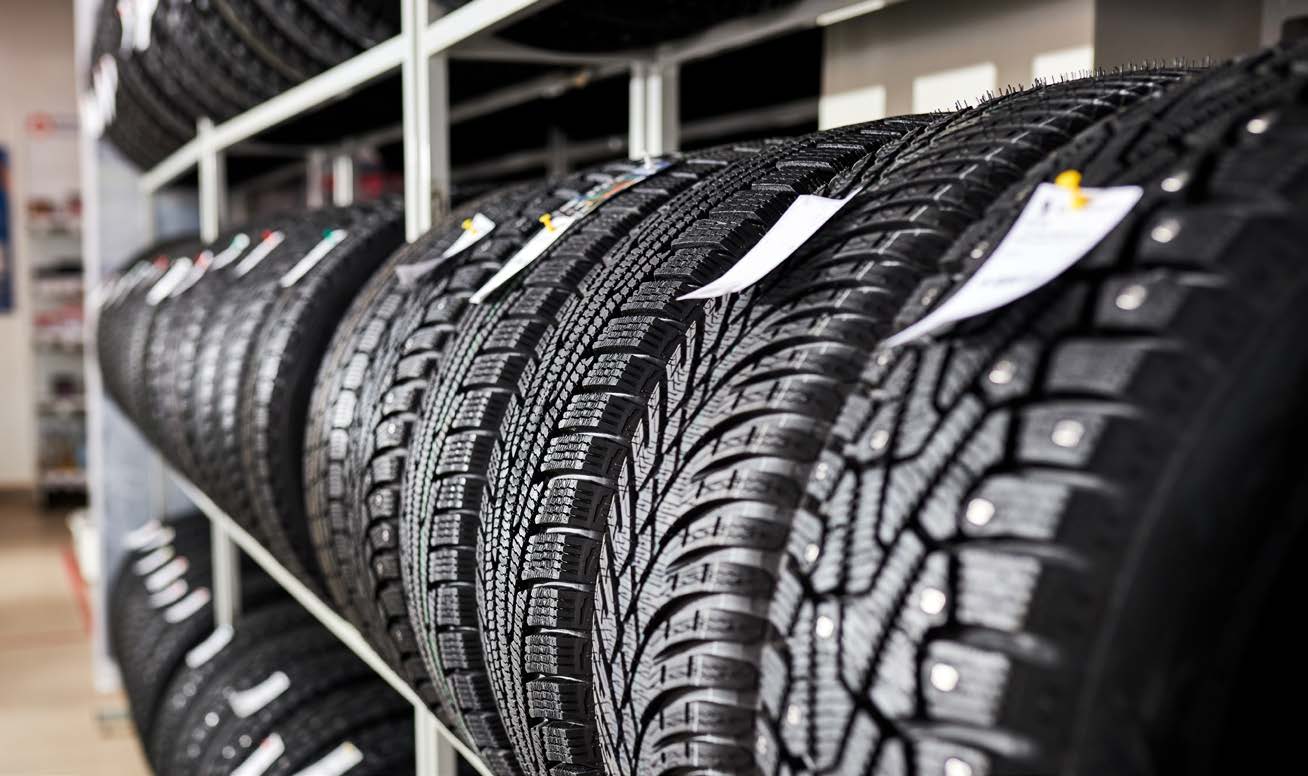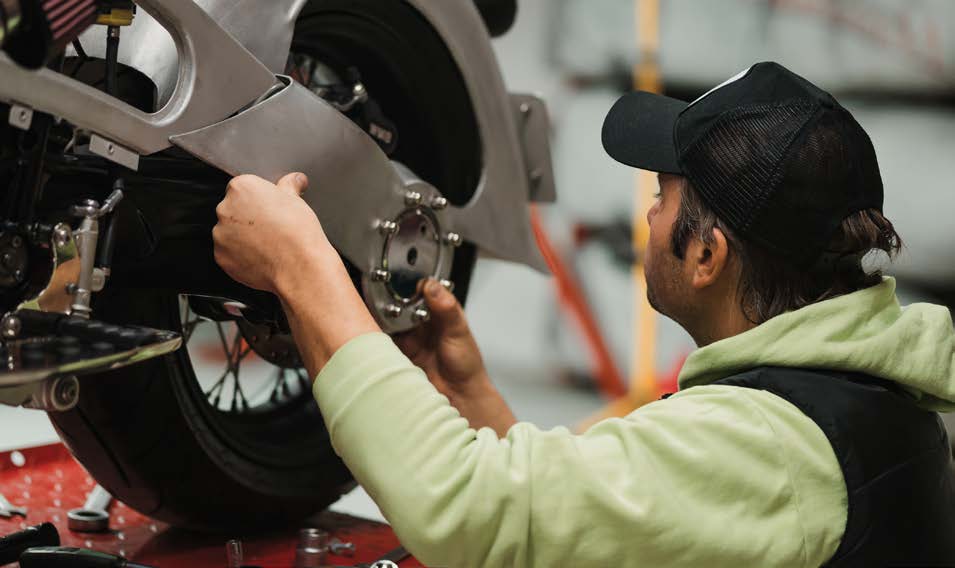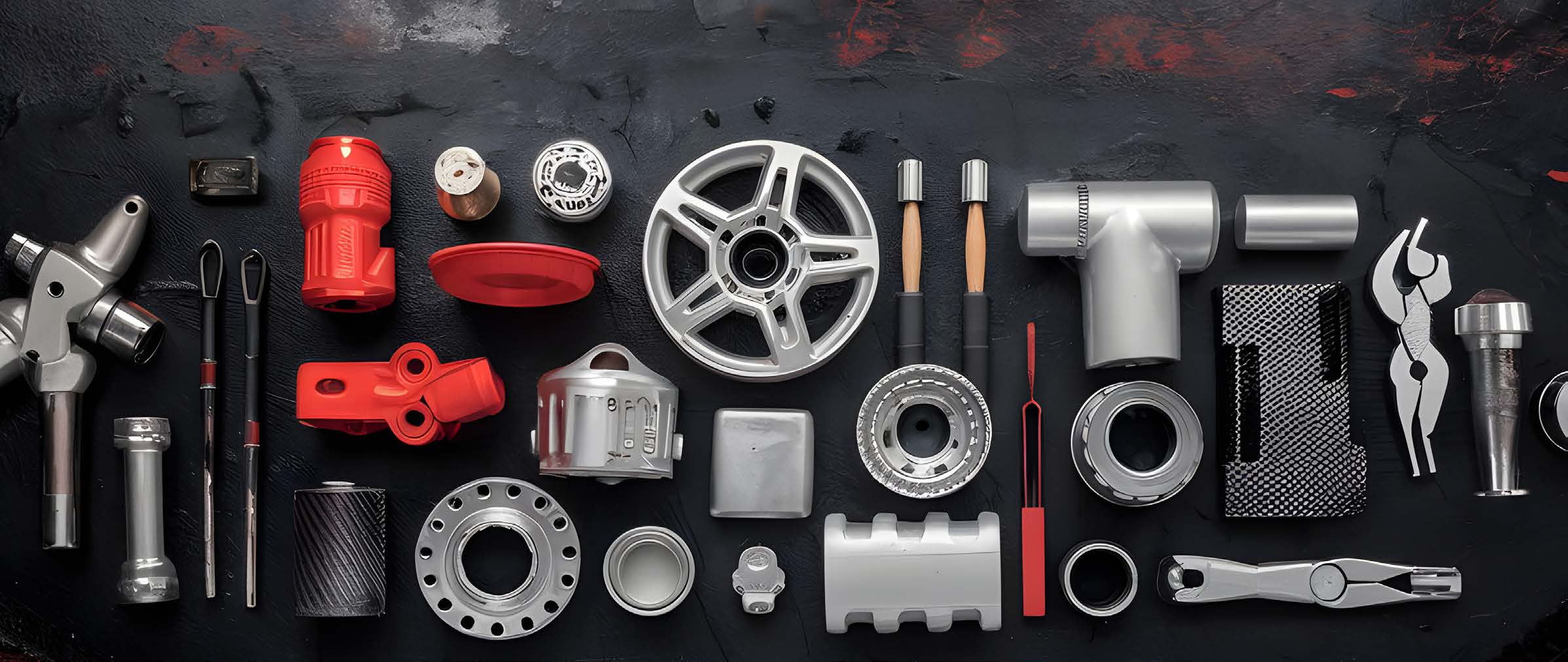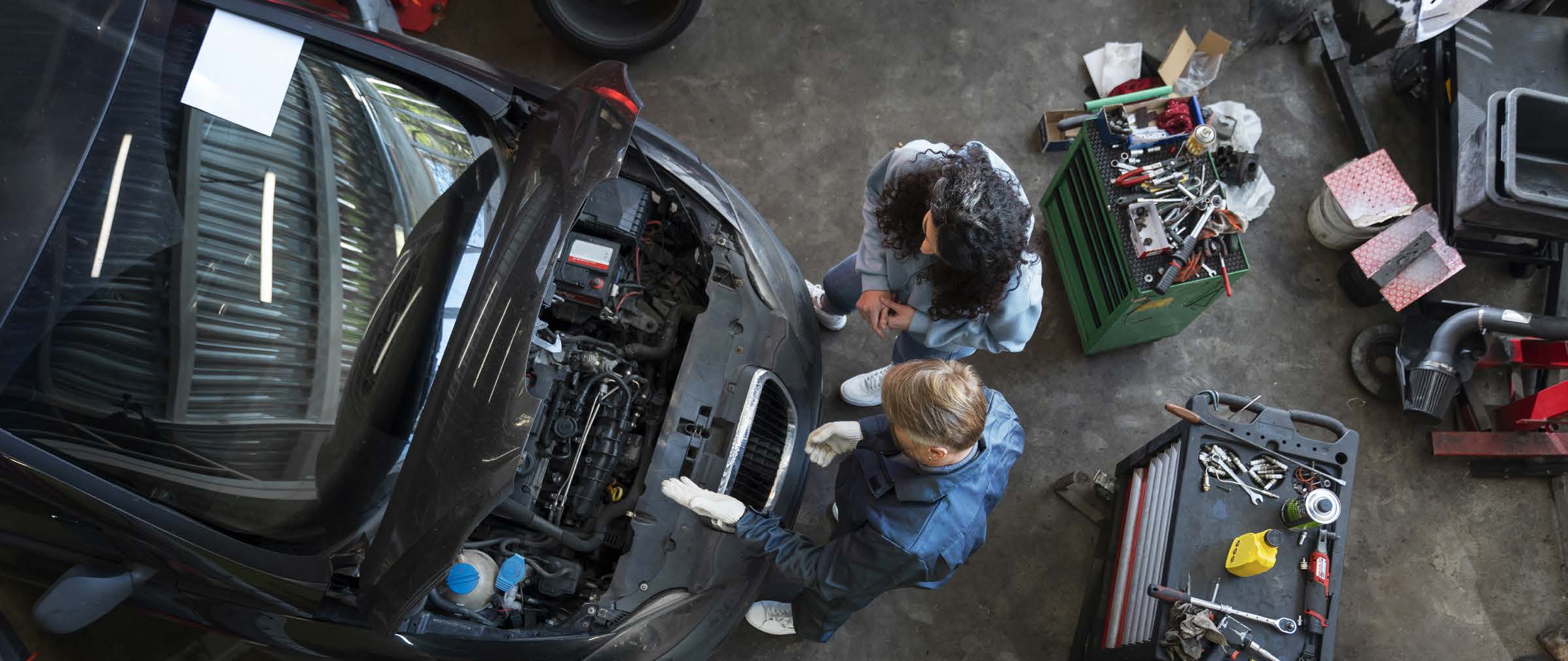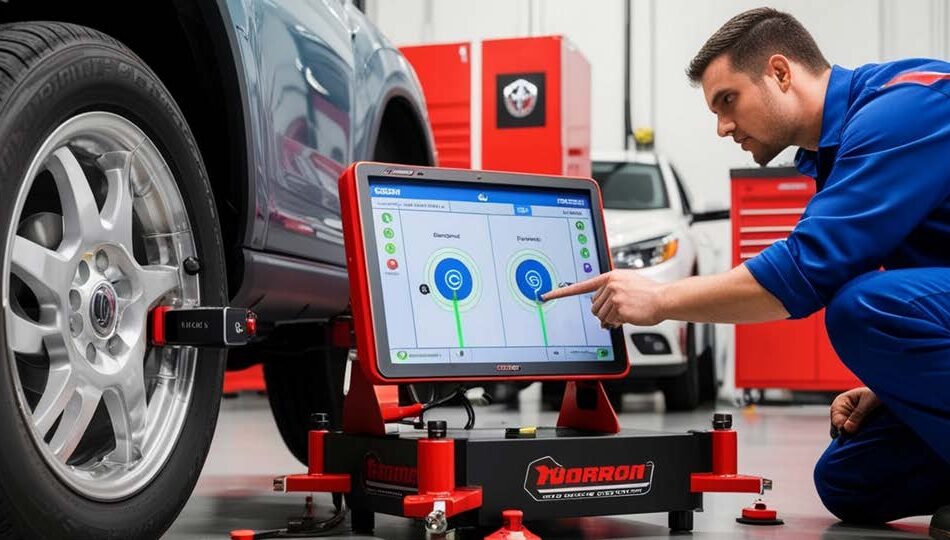The replacement tyre market: big issues for 2025
The replacement tyre market returned to growth in volume terms in 2024 (1)
(1) End of October 2024 – 12 months rolling
Source : Panel GFK / Syndicat du pneu
As a reminder, the replacement tyre market (TC4, standing for passenger car + van + 4×4) was stable by volume in 2023, and up 0.9% in value terms
Within this market in terms of volume, the trade association noted the unprecedented increase in imports of tyres manufactured outside the EU, mainly from Asia, which are included in the sales panels (Sellout).
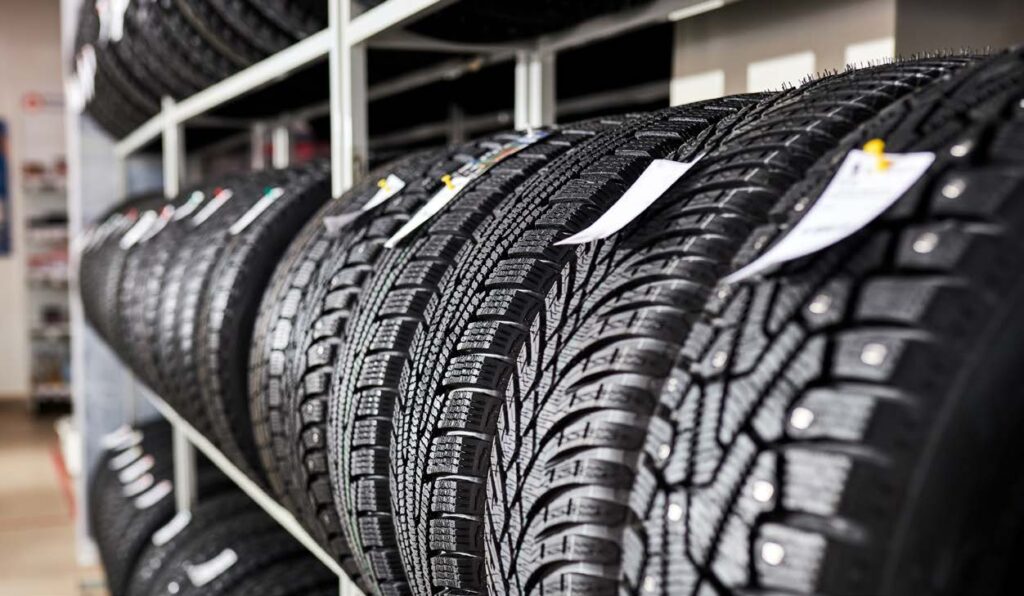
Tyre prices continue to rise in 2024
Tyres 4×4 & SUV
+ 1, 5%
Average prices : 172€
Tyres vans
(light commercial vehicles up to 5T)
+ 1, 4%
Average prices : 134 €
Tyres passenger car
+2,6%
Average prices : 109€
IN 2023, average prices for passenger car tyres rose by 4.9%, continuing the sizeable hikes of previous years (13.8% in 2022). This increase owed much to higher raw material and energy costs.
IN 2024, the trend therefore remained unabated, with the continuing impact of cost increases taking the average price of a passenger car tyre to around 30% higher than in 2019.
Source : manufacturiers
Stricter ‘winter’ tyre regulations (3PMSF)
So-called ‘all season’ or ‘mud and snow’ tyres continue to attract the favours of motorists.
This category, boosted by the French ‘Mountain Act’ of 2021 (making it compulsory to use snow/winter/4-season tyres during the winter in all snowy or icy areas of the country), had already experienced significant growth:
In : 2023
+ 19,9%
32% of total sales in the TC4 segment
In 2024
+ 22,3%
increase in sales in the first half of the year
36% of the overall market
*rolling 12 months, source: GFK-Syndicat du pneu panel
However, the latest regulatory change is likely to shake things up again: since November 2024, only tyres bearing the 3PMSF (3 Peak Mountain Snowflake) label are approved for winter use in the departments covered by the Mountain Act. This means that ‘4-season’ tyres alone are no longer sufficient.
A growing preference for budget priced brands
In 2024, consumers continued to increasingly purchase low-cost tyres (‘Budget’ segment).
This segment accounted
In 2024
In 2023
This trend therefore continued into 2024
Retreading picks up a puncture
The use of retreaded tyres is mainly confined to the HGV sector.
A historic drop
– 19,9%
France 2023
In France
25%
of truck tyres sold in 2023 were retreaded one
43% in 24
The situation in Europe (EU market)
is no better.
-30%
of its volumes of retreaded tyres over the last decade
The planned closure of the Bandag plant (Bridgestone group) at Lanklaar in Belgium in 2025, leaving only the Polish site at Stargaard, is a case in point. Asian imports of new low-cost tyres are effectively hindering the development of retreading, which yet remains an ecologically virtuous model. It draws on the concept of a ‘multiple life’ tyre in which the tread is replaced and the carcass retained. But in economic terms, retreading requires the use of ‘premium’ and therefore expensive tyres. A difficult bridge to cross for an increasing number of hauliers.
RFID chips, or the tyre’s digital passport
The next major technological revolution in tyres is the introduction of RFID chips (electronic chips containing key informationto do with the tyre casing), which will make it possible to digitalise the tyre industry
Some carmakers, such as Volvo, are already mandating tyres fitted with RFID chips as original equipment. RFID (or Radio Frequency Identification) is a passive, energysaving UHF (ultra high frequency) sensor embedded in the tyre tread. It will make it possible to trace every stage in the life of each tyre, from manufacture to end-of-life and reprocessing, and will involve all players: industry, sales, fleet management, maintenance and recycling. RFID chips will be in widespread use by 2028 or 2030.

The Tyre and Innovation Village at EQUIP AUTO Paris 2025 will focus on this RFID revolution and its use cases.
Tyres, Vehicule accessories
1.58 MoDownload

